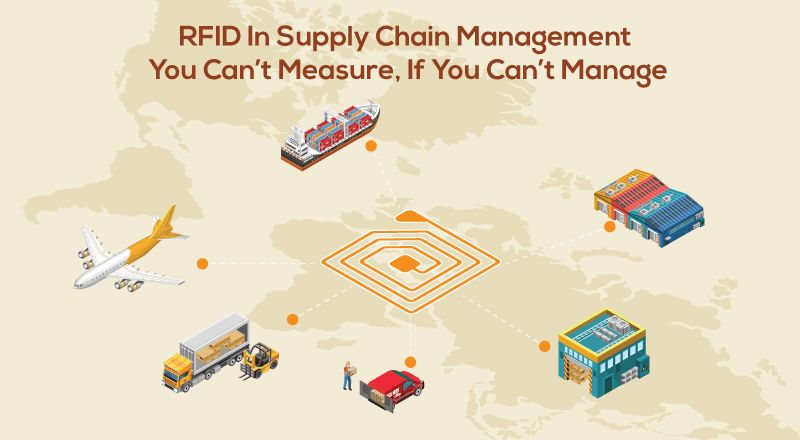Know how RFID is shaping the supply chain scenes in the business domain
Know how RFID is shaping the supply chain scenes in the business domain
Supply chain management is the most vital part of any business Smart Glass technology. The concerning part is to improve efficiency at each possible level. The supply chain controls the flow of goods from suppliers to dealers and in some cases directly to the consumers. So, it is very important to improve the efficiency of the system. Earlier, everything was controlled by humans and therefore, there was a provision for errors due to which the whole system crashed at times, thereby leading to queued waiting time.
But as the economy mends itself, the supply chain is gaining financial stability. This has led to the incorporation of new technologies to make the process seamless and effective at the same time. While many logistics teams came up with the solution of barcode reading on conveyors, the solution was not fool-proof. Therefore, RFID technology or radio frequency identification has swooped the potential of asset management and tracking in the supply chain business. So, let us have a brief introduction to RFID followed by its benefits.

RFID – an overview and working principal
RFID is a technology where digital data is encoded into tags https://chiefway.com.my/th/smart-glass/. These tags can be small labels and the data is captured via radio waves. The radio waves capture the data and send it to a decoder. The decoder then decodes the data followed by other functionalities.
The reason that RFID is most commonly recommended for logistics applications is because of the flexibility that it offers. in comparison to barcodes, the RFID technology works for the line of sight. Thus, if the tag is present in the line of sight of the radio frequency waves, the data will be decoded. But on the other hand, the barcodes must be aligned with the optical scanner and must be visible to the scanner. This provides RFID an edge over barcode reading as it automatically captures and identifies the data, thereby reducing missed reads.
The basic principle of working relates to the radio frequency waves that are generated by the emitter and received by the receiver. The RFID tags contain an integrated circuit that uses an antenna to send the radio waves. These transmitted data is then received by the RFID reader, or also known as the interrogator. The reader then converts the encrypted signals into data and later is processed by software to retrieve information.

Benefits of RFID technology in the supply chain
There are numerous benefits of incorporating RFID technology. It not only helps in improving the speed of the process but also ensures product and process visibility. The supply chain is all about inventory and asset visibility. With RFID, you can now achieve both and track the whereabouts of a shipment that is stored in the inventory or has left the facility.
Apart from that, you can increase employee productivity by automating the whole process of storage to shipment. You no longer need to wait for your employee to physically go and verify by scanning individual barcodes. This increases the task speed and reduces the human error associated with it.
Lastly, you can also mitigate the risk of loss and theft as all the details of the shipments are duly noted whenever it reaches the store and exits from it. This visibility leaves little to no room for stealing or misplacing.
